
Sad royalty-free music
| Track | 7:00 | ||||
| Track | 3:00 | ||||
| Jingle | 0:15 | ||||
| Jingle | 0:15 | ||||
| Mix | 25:00 | ||||
| Jingle | 0:15 | ||||
| Jingle | 0:15 | ||||
| Track | 1:00 | ||||
| Jingle | 0:15 | ||||
| Track | 3:00 | ||||
| Mix | 25:00 | ||||
| Jingle | 0:15 | ||||
| Track | 3:00 | ||||
| Track | 1:00 | ||||
| Jingle | 0:15 | ||||
| Track | 7:00 | ||||
| Track | 1:00 | ||||
| Jingle | 0:15 | ||||
| Track | 7:00 | ||||
| Track | 1:00 |
Building A Powerful Moment With Sad Background Music
Music can play into the emotion of a scene far more than you may realize. When it comes to filmmaking, music is one of those essential tools that can truly make or break a production. Striking the correct balance between the music and what is happening on-screen is key to keeping viewers engaged.
If the music overpowers the scene or the visuals don’t coincide with the music, the scene can fall flat. Having a lack of harmony between the visuals and sounds can take away from audience engagement.
Keep in mind that when crafting a powerful on-screen moment, it’s essential to strike a balance between what the audience sees and what the audience hears. Proper background music should complement what is happening on-screen without creating distractions.
Today, we want to explore how artists use royalty-free sad music in their productions to create compelling scenes.
Music licensing doesn’t have to break the bank, which is why we’ll also dive into where you should look to find royalty-free sad background music for your next production.

Selecting The Best Sad Stock Music For Your Project
When selecting music for a visual project, whether it’s a documentary, short film or event
recap, you need to be thoughtful. The first thing you might want to consider is what types of
instruments you want to include in your project, as certain instruments are better suited for
certain types of music than others.
As Willie Nelson once said,
“You just can’t play a sad song on a banjo.”
In a recent study from music professionals at Ohio State University , researchers asked a pool of musicians to identify which instruments they felt were best suited to creating sad music. Out of the 44 western instruments included in the study, the majority of the musicians felt that the piano, violin, cello, viola and human voice, were the most effective for producing sad music.
The post-study speculation was that certain instruments possessed an ability to produce low-pitched sounds with a dark timbre in small intervals, a unique bundle of characteristics not found in all instruments.
Of course, researchers also felt there were additional variables that needed to come into play, including tempo, energy and visual context.
When it comes to selecting the right sad music for your project, it’s best to look for songs that use these instruments, as they can have a huge impact on your project.
The Importance of Visual Context In Composition
To process and interpret what is happening on-screen, a viewer will seek out visual cues. Background music can act like glue, creating a sense of continuity that connects each shot in a scene to build emotion and strengthen the scene’s power.
A viewer will respond to background music emotionally depending on what they see in the scene.
Let’s use a scene from the popular series, Stranger Things, as an example
As Eleven opens a letter from Hopper, soft background music creeps into the scene. While she is reading, the viewer gets shots from the past, present and future. While all of these shots are visually separate, the continuous background music connects them thematically to help create an emotional impact.
In doing so, the audience gains insight into how each of these characters is dealing with emotions like grief, fear and sadness. The true beauty of the scene is that the music starts off quietly and builds into an emotional outpouring of sound as the scene progresses.
Using Tempo To Create The Right Energy
If you’re creating music that you want to feel sad or emotional, you’ll want to stick with a low tempo. One of the best guidelines for tempo in music is the human heart rate, as both your heart rate and tempo are measured in beats per minute (BPM).
Your resting heart rate, either when you’re lying down or sitting and watching TV, is around 60 BPM. When choosing tempo for sad music, it’s best to stay between 50-80 BPM to coincide with the tempo of your resting heart rate and match its emotional energy.
Where To License Royalty-Free Sad Background Music
Licensing hours of copyrighted music can be expensive and time-consuming. Hiring musicians to create the best sad background music for your project can take even longer and cost even more.
For these reasons, many content creators use Mubert. With Mubert’s AI platform, you can generate unique, high-fidelity music for your project by inputting variables such as genre, mood and tempo.
Whether you need royalty-free sad piano music or royalty-free sad violin music, you can find what you’re looking for using Mubert’s one-of-a-kind sad song generator.

 Valentines Day
Valentines Day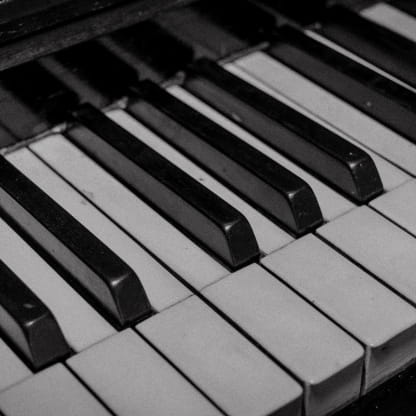 Emotive Instrumentals
Emotive Instrumentals Beauty Vlogs
Beauty Vlogs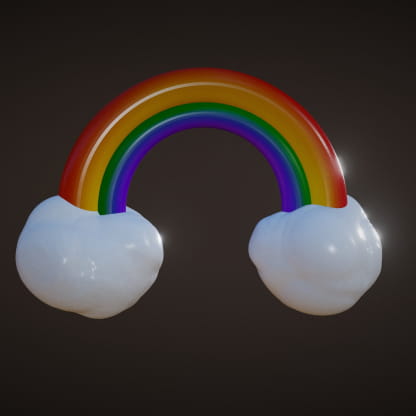 Get Happy
Get Happy Feel Good Tunes
Feel Good Tunes Lofi Vibes
Lofi Vibes Music for ads
Music for ads Music for video
Music for video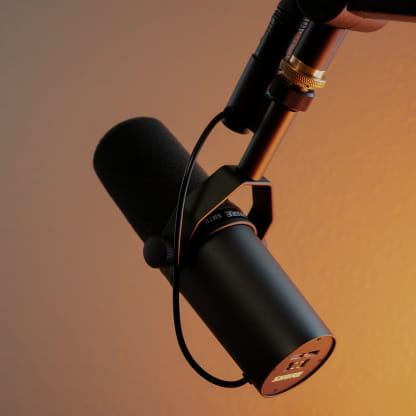 Music for podcasts
Music for podcasts Minimalism Chic
Minimalism Chic Corporate Inspiration
Corporate Inspiration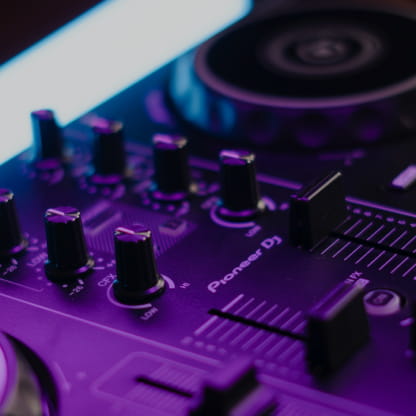 Atmospheric Beats
Atmospheric Beats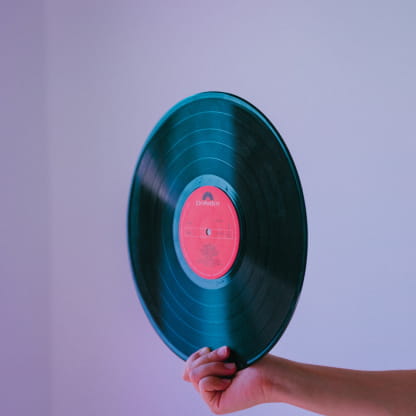 Background Music
Background Music Calm music
Calm music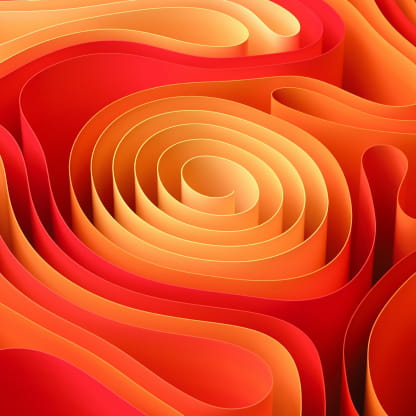 Catchy Jingles
Catchy Jingles Christmas Remix
Christmas Remix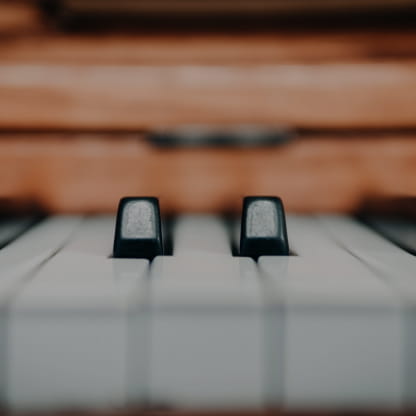 Contemporary Classic
Contemporary Classic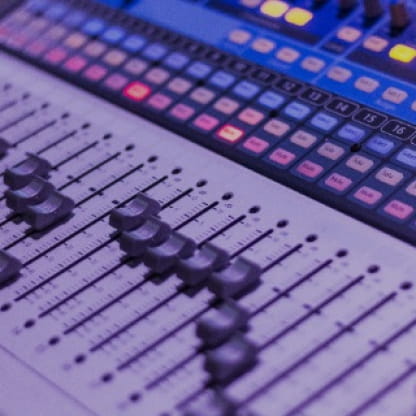 Electro Action
Electro Action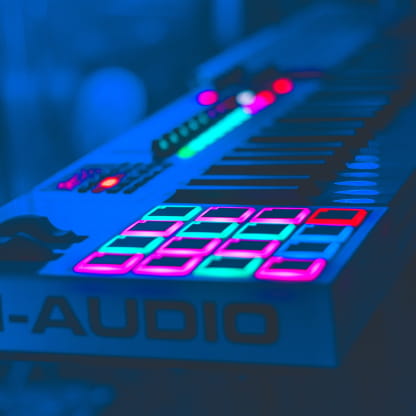 Experimental Artists
Experimental Artists Funky Grooves
Funky Grooves Hollywood Epic
Hollywood Epic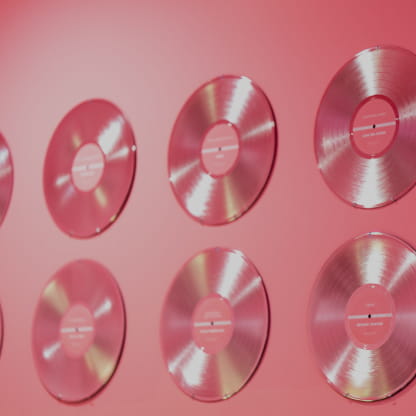 Kawaii Party
Kawaii Party Meditation music
Meditation music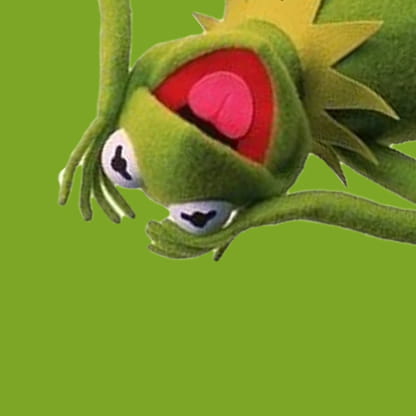 Meme Supply
Meme Supply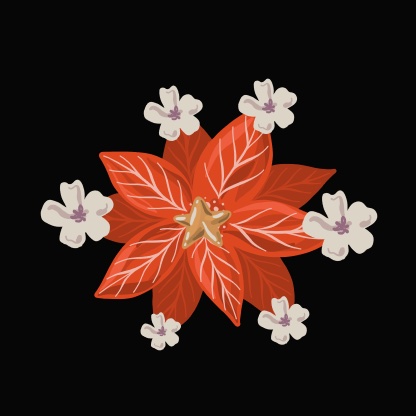 Merry Christmas '23
Merry Christmas '23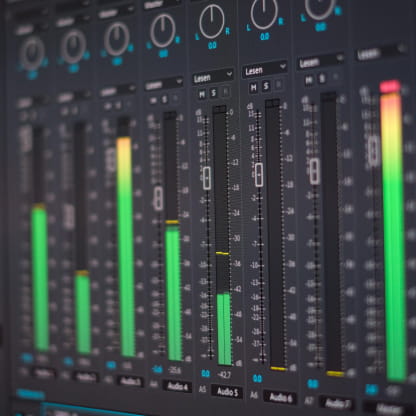 Mix It Up
Mix It Up NFT Inspiration
NFT Inspiration Power Up!
Power Up! Product Hunt
Product Hunt Smartronica
Smartronica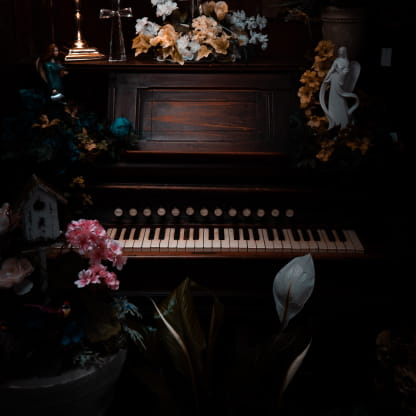 Soft Piano Waves
Soft Piano Waves Space Voyager
Space Voyager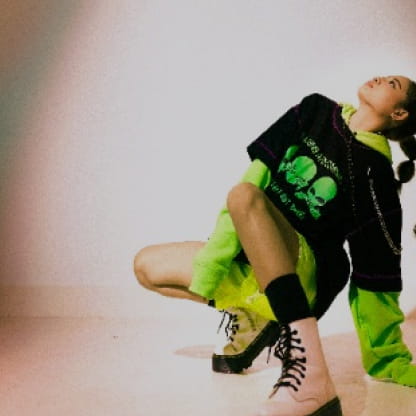 Street Wear
Street Wear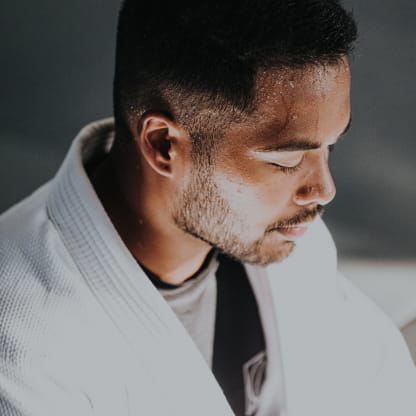 Sweat!
Sweat!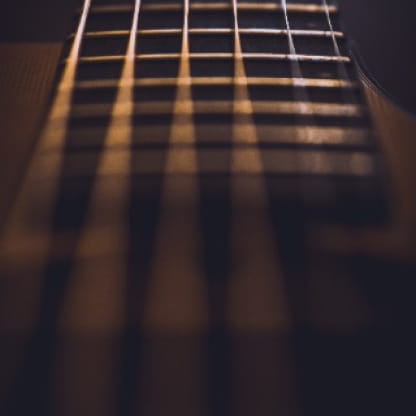 Thoughtful Guitars
Thoughtful Guitars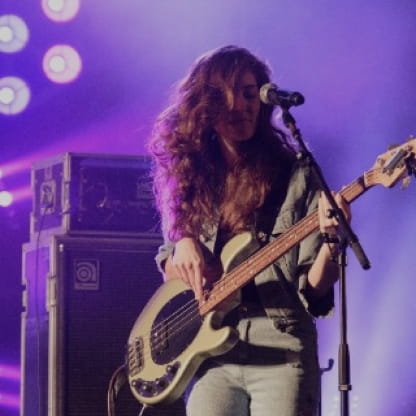 Turn Up The Bass
Turn Up The Bass Uncut Gems
Uncut Gems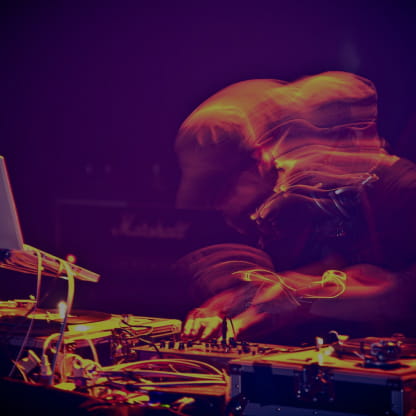 Upbeat Artists
Upbeat Artists Upbeat Vibes
Upbeat Vibes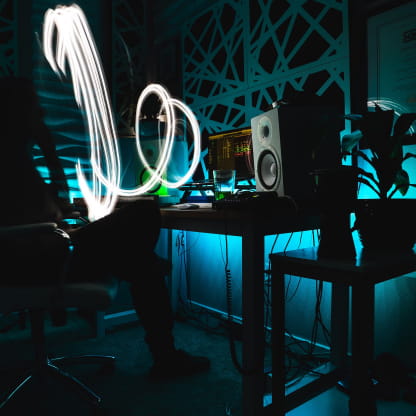 Uplifting Artists
Uplifting Artists